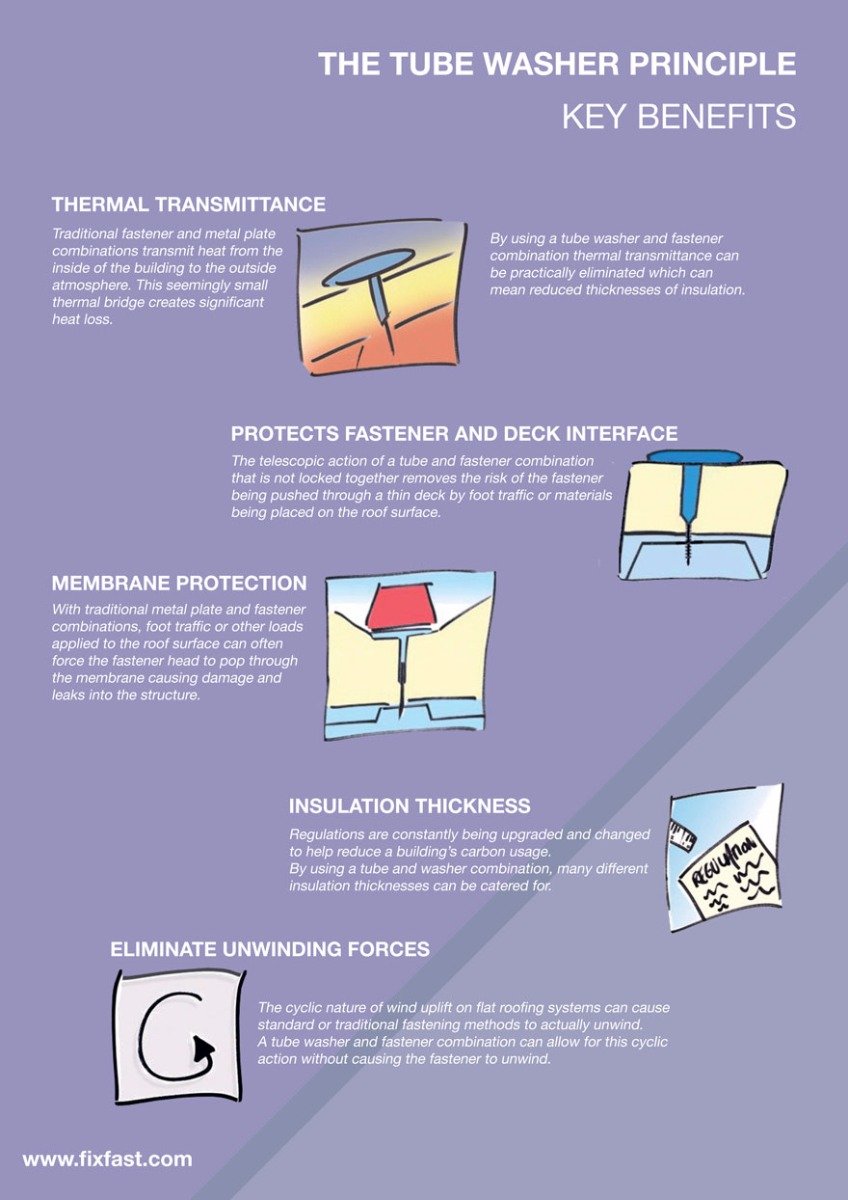Common Risks In Roofing Installation And Ways To Sidestep Them
Common Risks In Roofing Installation And Ways To Sidestep Them
Blog Article
Write-Up By-Allen Snow
When you're preparing a roof installation, it's very easy to forget essential details that can lead to significant troubles down the line. You could be attracted to reduce corners on material option or miss proper blinking setup, but these common errors can result in costly fixings later. Recognizing the value of air flow and sticking to regional building ordinance is important for a successful project. So, what are the key steps you should require to ensure your roof covering stands the test of time? Allow's discover some efficient methods to stay clear of these mistakes.
Poor Material Option
When it involves roof setup, choosing the incorrect products can bring about expensive issues down the line. You might assume that any roof covering product will certainly do, however that's a typical mistaken belief. It's critical to select products that match your local climate and the specific needs of your home.
For example, if you live in a location with hefty rainfall or snow, selecting asphalt shingles may not be the very best option. Instead, think about even more sturdy options like metal or slate.
Additionally, take note of the top quality of the products you're taking into consideration. Economical materials might conserve you cash upfront, but they commonly do not have durability and can lead to constant repair work or substitutes.
You must also think about the style of your home and make certain the products you pick will maintain its visual appeal.
Finally, do not fail to remember to speak with experts. They can supply beneficial understandings and advise products that abide by regional building regulations.
Investing time in proper product selection now can aid you stay clear of frustrations and costs in the future, making your roof job a success.
Inadequate Flashing Setup
Picking the best products isn't the only factor that can bring about roof covering problems; inadequate blinking installment can additionally create significant concerns. Flashing is vital for routing water far from at risk locations, such as chimneys, skylights, and roof valleys. If it's not installed appropriately, you run the risk of water breach, which can bring about mold development and architectural damages.
When home window replacement san antonio set up flashing, ensure it's the ideal type for your roofing's style and the neighborhood climate. For instance, steel blinking is commonly more long lasting than plastic in locations with heavy rain or snow. See to it the flashing overlaps appropriately and is safeguarded snugly to avoid voids where water can seep via.
You should also focus on the installation angle. Flashing need to be placed to route water away from the house, not toward it.
If you're unsure regarding the installment process or the products needed, speak with a professional. They can help identify the most effective blinking choices and make sure every little thing is installed properly, protecting your home from possible water damage.
Taking these actions can save you time, cash, and headaches in the future.
Neglecting Air Flow Needs
While several home owners focus on the aesthetic and structural elements of roof covering setup, ignoring ventilation requirements can bring about serious long-lasting repercussions. Correct air flow is vital for regulating temperature and wetness levels in your attic room, preventing problems like mold growth, wood rot, and ice dams. If you do not install appropriate air flow, you're establishing your roof covering up for failure.
To prevent this blunder, initially, evaluate your home's particular air flow demands. A balanced system typically includes both consumption and exhaust vents to promote air flow. Guarantee you have actually installed soffit vents along the eaves and ridge vents at the optimal of your roofing. find out this here enables hot air to leave while cooler air gets in, maintaining your attic space comfy.
Also, consider the kind of roof product you have actually chosen. Some products might need additional air flow techniques. Verify your regional building regulations for ventilation standards, as they can vary dramatically.
Finally, don't forget to evaluate your air flow system consistently. Clogs from debris or insulation can restrain air flow, so keep those vents clear.
Verdict
Finally, staying clear of typical roof covering setup mistakes is key to ensuring your roof's longevity and performance. By picking the ideal materials for your climate, mounting blinking effectively, and attending to ventilation needs, you can protect against pricey issues in the future. Do not neglect to familiarize on your own with local building ordinance and routine regular evaluations. With these steps, you'll delight in a risk-free, durable roofing that shields your home for several years to find. Delighted roofing!
